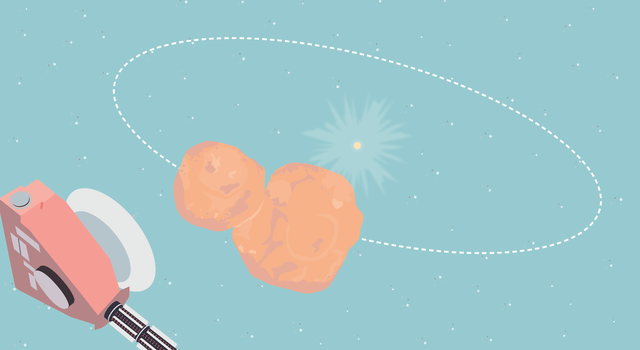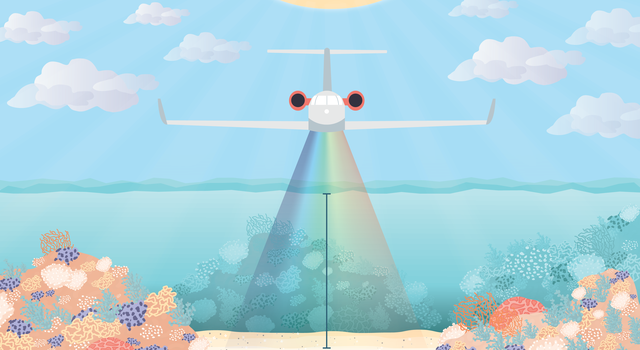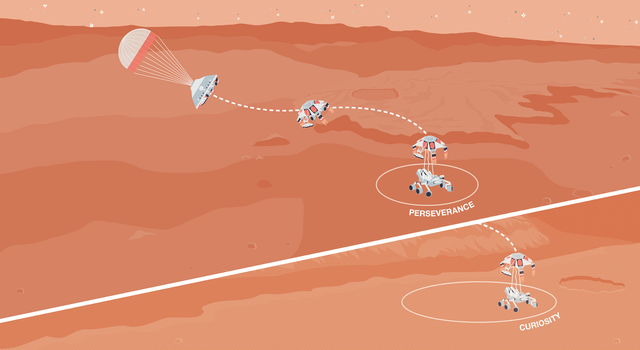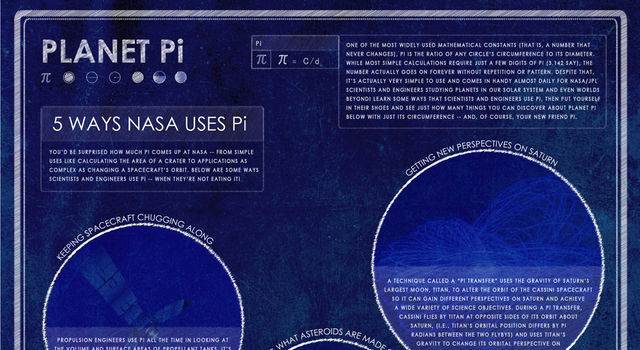Problem Set
Mars Maneuver: A 'Pi in the Sky' Math Challenge
Overview
The "Pi in the Sky" math challenge gives students a chance to find solutions to real-world problems all while using math and pi just like NASA scientists and engineers. In this problem from the seventh installment of the set, students use the mathematical constant pi to compare the size of the landing zones for the Mars rovers Curiosity and Perseverance.Materials
Background

A new Mars landing technique called Range Trigger is making it possible to reduce the size of the ellipse where spacecraft touch down. Image credit: NASA/JPL-Caltech | › Full image and caption
Long before a Mars rover touches down on the Red Planet, scientists and engineers must determine where to land. Rather than choosing a specific landing spot, NASA selects an area known as a landing ellipse. A Mars rover could land anywhere within this ellipse. Choosing where the landing ellipse is located requires compromising between getting as close as possible to interesting science targets and avoiding hazards like steep slopes and large boulders, which could quickly bring a mission to its end. In the Mars Maneuver problem, students use pi to see how new technologies have reduced the size of landing ellipses from one Mars rover mission to the next.
Procedures
When we plan where to land a spacecraft on Mars, we don’t choose a specific spot, but a larger area called a landing ellipse. It's like choosing a parking lot rather than a parking spot. To choose a landing ellipse, we have to compromise between getting as close as possible to interesting science targets and avoiding hazards. As we've created new technology to help direct spacecraft, landing ellipses have gotten smaller and smaller. That means that we're able to land in places we couldn't before and get closer to the stuff we want to study.
In 2012, the Curiosity rover used its sky crane landing system to touch down in a 20 km by 7 km ellipse. When the Perseverance rover lands on Feb. 18, 2021, it will use the same system along with a new technique called Range Trigger that will allow the spacecraft to land in the smallest ellipse yet, measuring just 13 km by 7 km. What percentage of Curiosity's landing ellipse is Perseverance's landing ellipse?
› Learn more about the Mars rover Perseverance
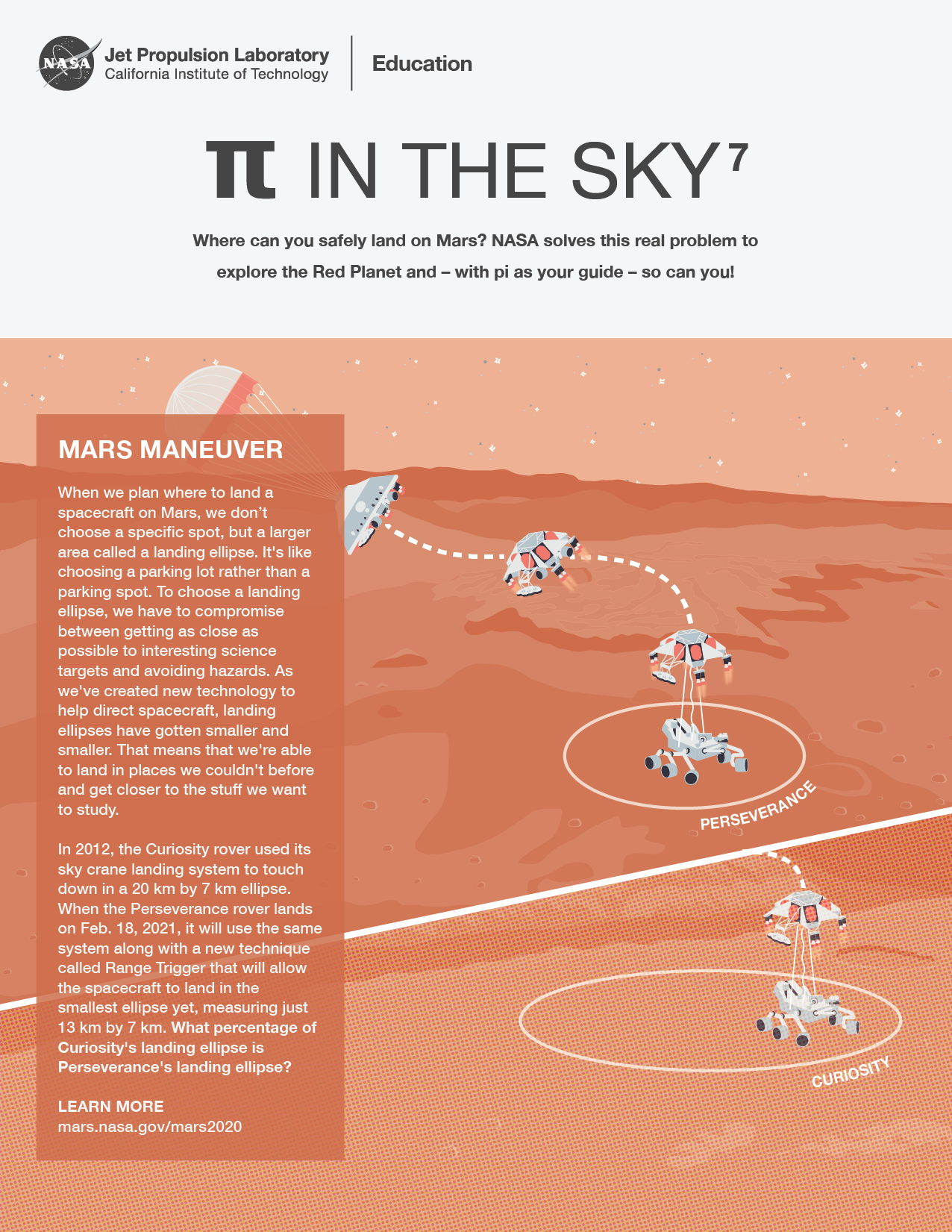
Image credit: NASA/JPL-Caltech | › Download PDF
Assessment

Image credit: NASA/JPL-Caltech | + Expand image
Extensions
Participate
-

Pi Day Challenge Lessons
Here's everything you need to bring the NASA Pi Day Challenge into the classroom.
Grades 4-12
Time Varies
-
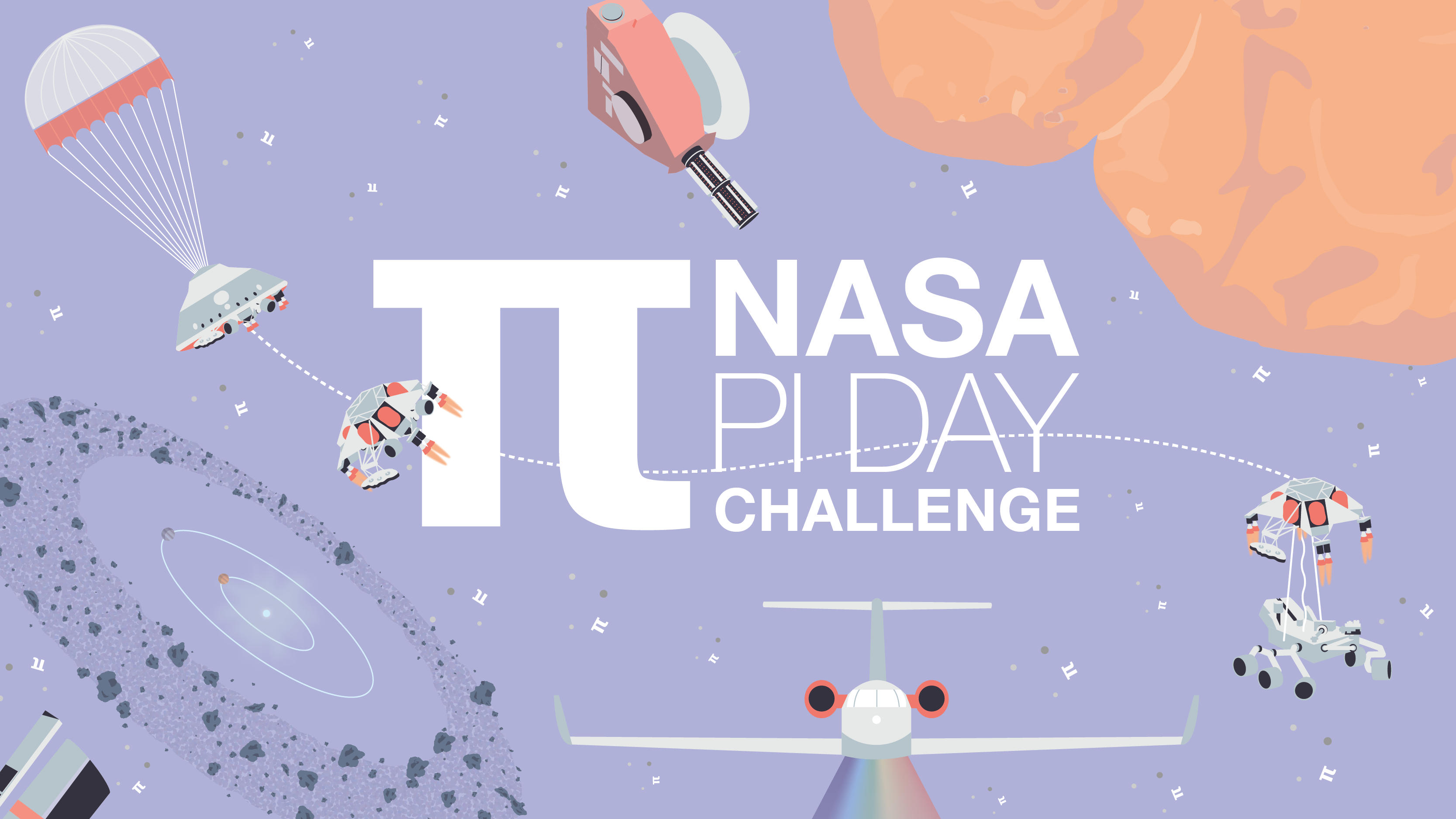
Slideshow: NASA Pi Day Challenge
The entire NASA Pi Day Challenge collection can be found in one, handy slideshow for students.
Grades 4-12
Time Varies
-
Pi Day: What’s Going ’Round
Tell us what you’re up to this Pi Day and share your stories and photos with NASA.
Join the conversation and share your Pi Day Challenge answers with @NASAJPL_Edu on social media using the hashtag #NASAPiDayChallenge
Blogs and Features
-
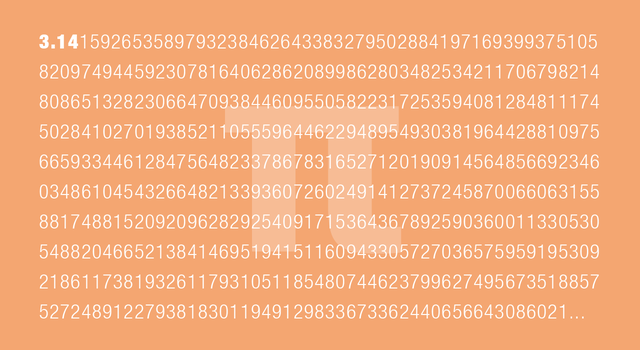
How Many Decimals of Pi Do We Really Need?
While you may have memorized more than 70,000 digits of pi, world record holders, a JPL engineer explains why you really only need a tiny fraction of that for most calculations.
-
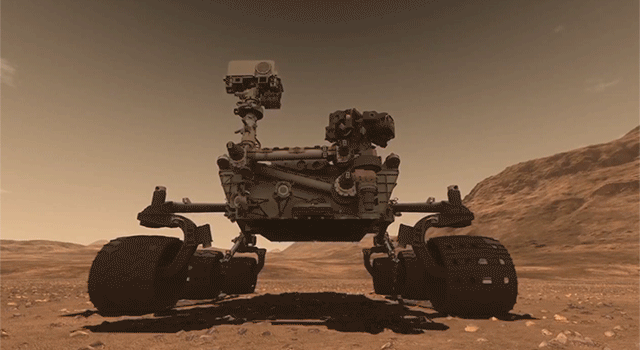
Slideshow: 18 Ways NASA Uses Pi
Whether it's sending spacecraft to other planets, driving rovers on Mars, finding out what planets are made of or how deep alien oceans are, pi takes us far at NASA. Find out how pi helps us explore space.
Related Lessons for Educators
-
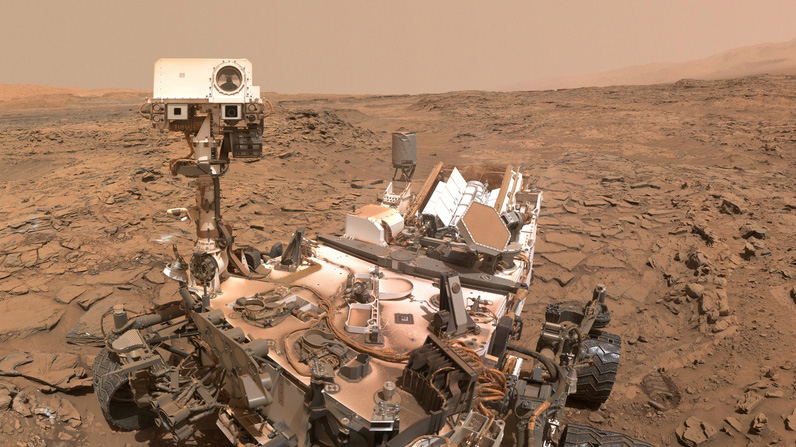
Rover Lessons
Explore a collection of standards-aligned STEM lessons all about rovers.
Grades K-12
Time Varies
-
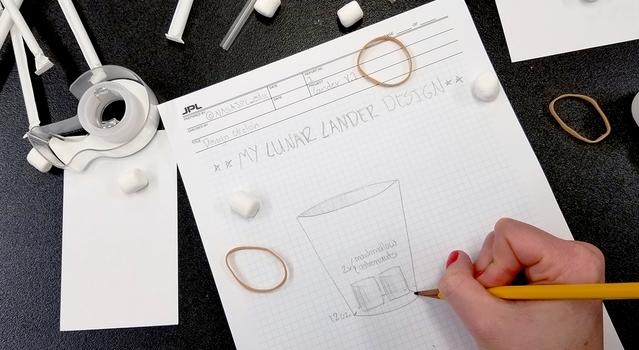
Touchdown
Students design and build a shock-absorbing system that will protect two "astronauts" when they land.
Grades 3-8
Time 30 mins - 1 hr
-
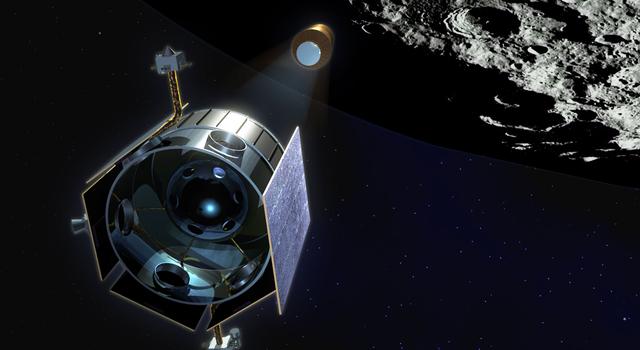
On Target
Students modify a paper cup so it can zip down a line and drop a marble onto a target.
Grades 6-12
Time 30 mins - 1 hr
Related Activities for Students
-
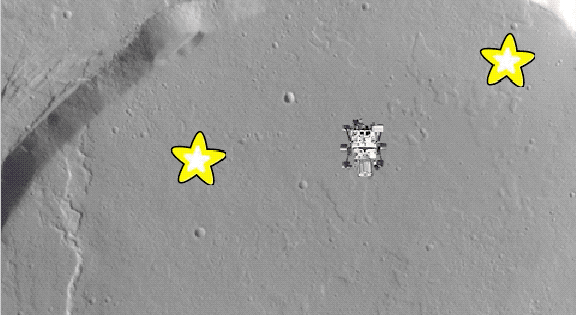
Make a Moon or Mars Rover Game
Create a Moon or Mars exploration game using Scratch, a visual programming language. Think like NASA space-mission planners to design your game!
Type Project
Subject Technology
-
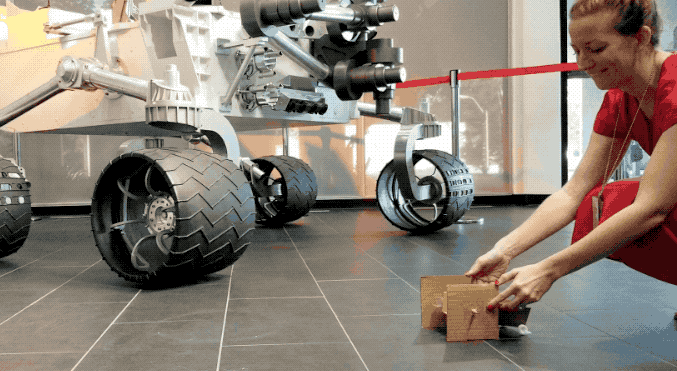
Make a Cardboard Rover
Build a rubber-band-powered rover that can scramble across a room.
Type Project
Subject Engineering
-
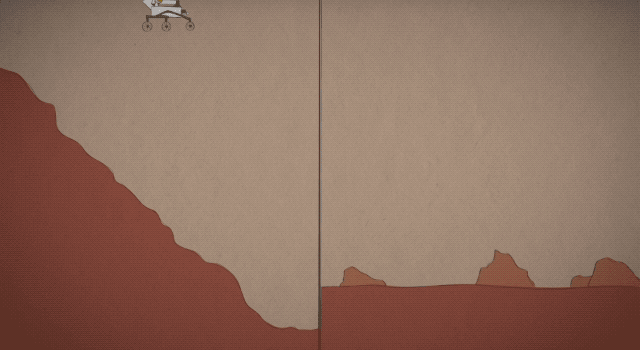
Mars in a Minute: How Do You Choose a Landing Site?
So, you want to study Mars with a lander or rover – but where exactly do you send it? Learn how scientists and engineers tackle the question of where to land on Mars in this 60-second video.
Type Video
Subject Engineering
-
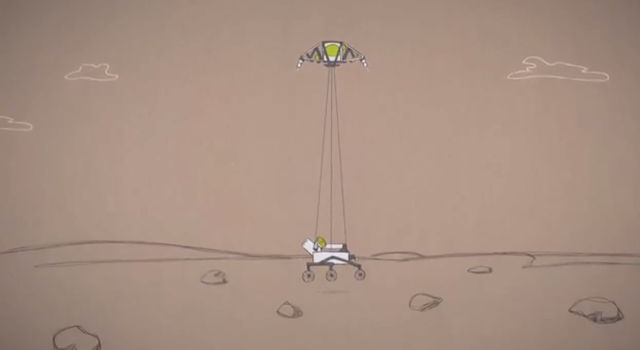
Mars in a Minute: How Do You Land on Mars?
Getting a spacecraft to Mars is one thing. Getting it safely to the ground is a whole other challenge! This 60-second video from NASA's Jet Propulsion Laboratory explains three ways to land on the surface of the Red Planet.
Type Video
Subject Engineering





